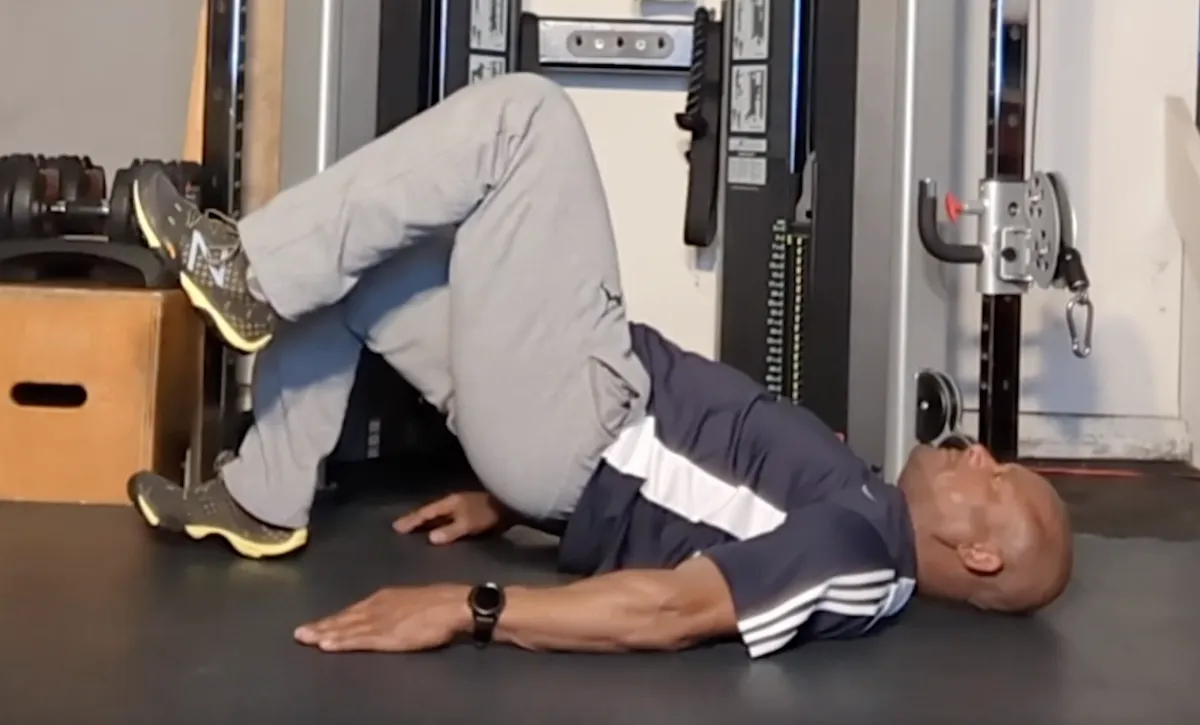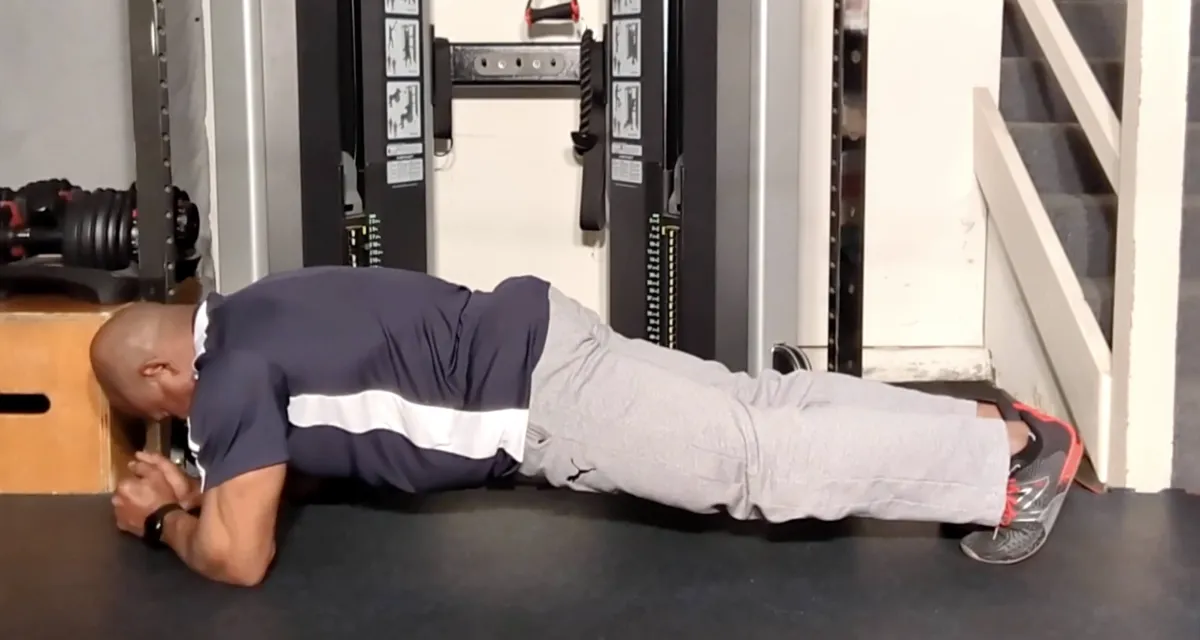
RESOURCES

Understanding Knee Pain: Common Causes & Effective Solutions
Knee pain is a common complaint affecting people of all ages. In fact, 25% of the population struggles with knee discomfort. Whether it’s a sharp pain, a dull ache, or stiffness, understanding the root cause is essential for effective relief. Let’s explore some common contributors to knee pain and how you can find lasting solutions.
The knee joint is sometimes referred to as the “dumb joint”. Meaning unless you’ve had a fall or some other impact directly to the knee, or have a hereditary issue with your knees, knee pain is often the result of what’s going on above the knee, the hip joint, or below the knee, the ankle.

Common Causes of Knee Pain
Prolonged Sitting: Spending hours sitting—especially in awkward positions—can strain the knees. Sitting with legs crossed or tucked under can tighten surrounding muscles, restricting mobility.
Improper Sleeping Positions: Sleeping in positions that twist or overextend the knees can lead to discomfort. It’s important to ensure proper alignment of your legs while sleeping.
Muscle Imbalances or Weakness: Tight or weak muscles around the knees, hips, and thighs can create unnecessary stress on the joint, leading to pain over time.
Inadequate Movement: A sedentary lifestyle limits blood flow and flexibility, increasing stiffness in the knees.

Effective Solutions to Relieve Knee Pain
Incorporate Stretching and Foam Rolling: Regular foam rolling and stretching can release muscle tightness, improve flexibility, and reduce discomfort. Focus on the quads, hamstrings, calves, and IT band for maximum benefit.
Correct Sitting and Sleeping Postures: Ensure you’re sitting with both feet flat on the floor and avoid prolonged periods in the same position. When sleeping, use a pillow between your knees for better alignment if you’re a side sleeper.
Strengthen Key Muscles: Incorporate exercises to strengthen your quadriceps, hamstrings, and glutes. These muscles support the knee joint and can prevent overloading it.
Stay Active: Low-impact activities like walking, swimming, or cycling keep the knee joint lubricated and muscles engaged.
Knee pain doesn’t have to control your life. With consistent care—like maintaining proper posture, incorporating foam rolling and stretching into your routine, and strengthening key muscles—you can find relief and improve your knee health. If pain persists, consulting a healthcare professional can help identify and address underlying issues. Don’t let knee pain hold you back—start taking proactive steps today for healthier, happier knees!
Sheila Mann's Testimonial
Sheila Mann doing Suspension Strap Push-ups on an elevated Single Leg.
Just another Saturday Workout Part 2
Spray Tan Fitness
Dreams or Goals
Intro to Self-Myofascial Release
Self Massage using the Energy F X Tube (Upper Body)
Self-Massage for Lower Body using Energy F X Tube (IT Band , Glutes)
Level 3
This is our advance level. In this level you will be asked to increase the challenges to your strength, balance and to some degree, your conditioning. We continue to focus on the major joints of the body (hips, shoulder, and knees) with the added challenge of resistance. This level also includes the added challenge of coordination, as many movements require the integrated movement of both upper and lower body.

Level 4
This is our premium level. In this level you will be asked to significantly challenge your body through increased demands on your functional core strength in movements that will significantly challenge your balance and strength simultaneously. Here we will ask you to begin to optimize your balance, core activation, and improved range of motion in a functional aspect – integrated movement of both upper and lower body, but at a higher level of accountability.

